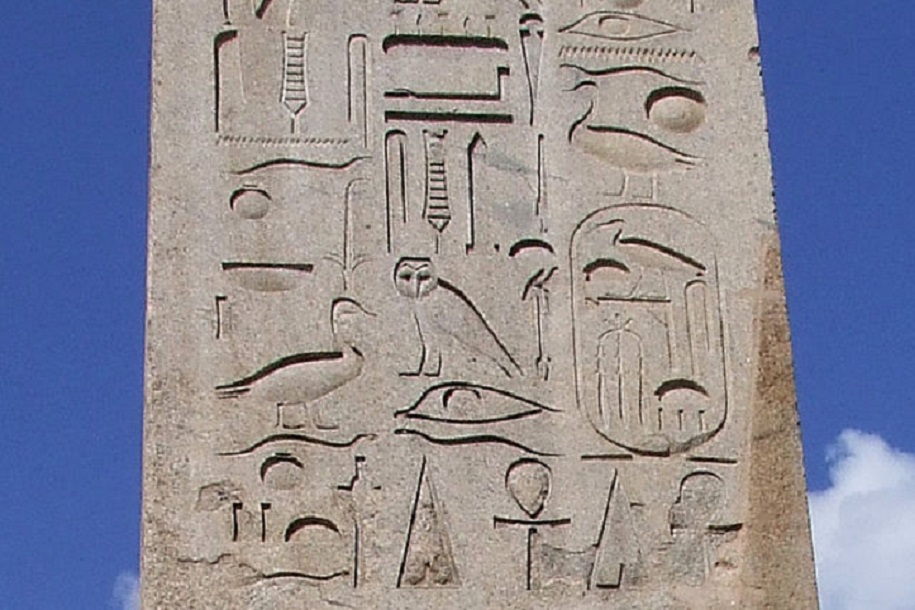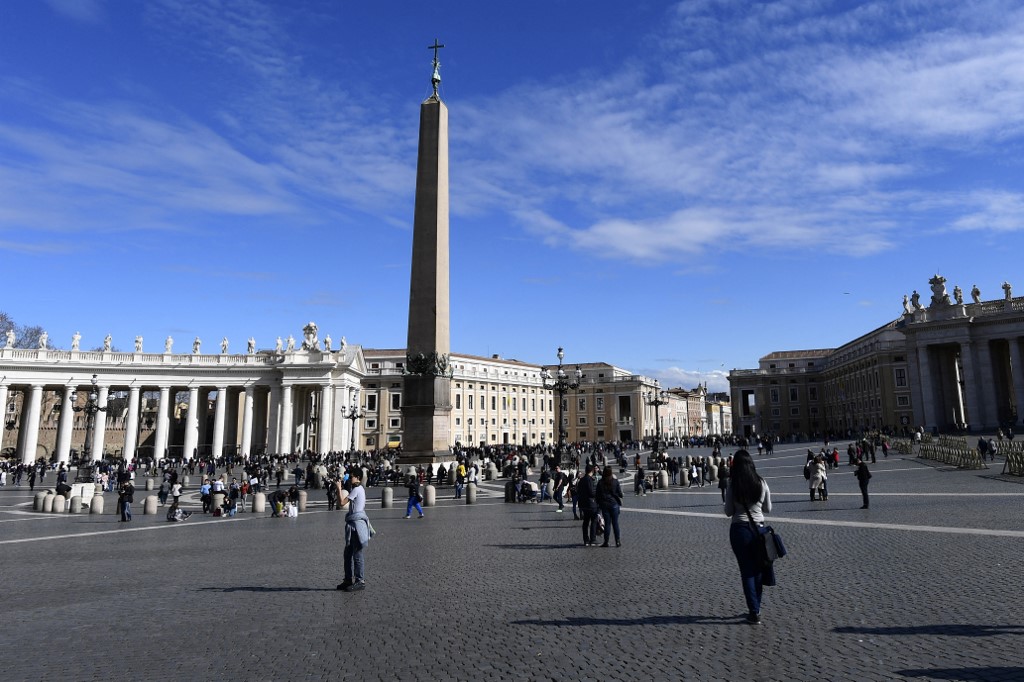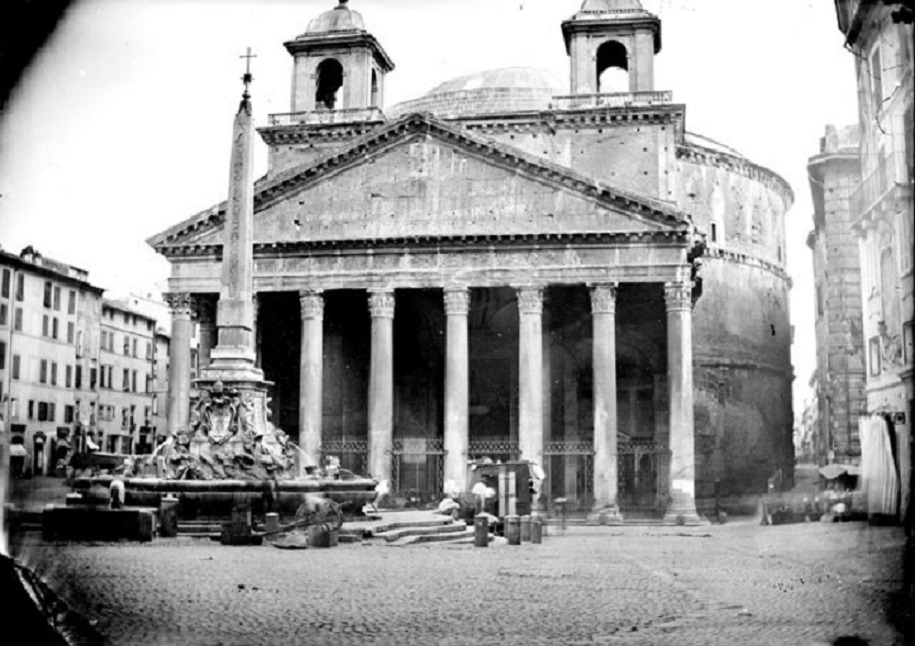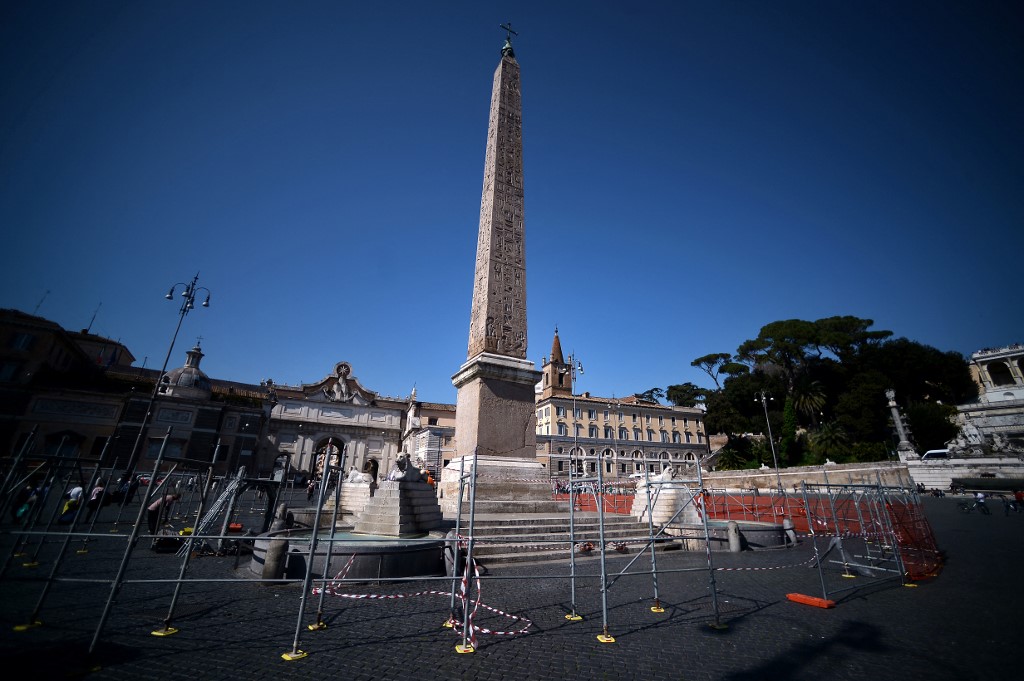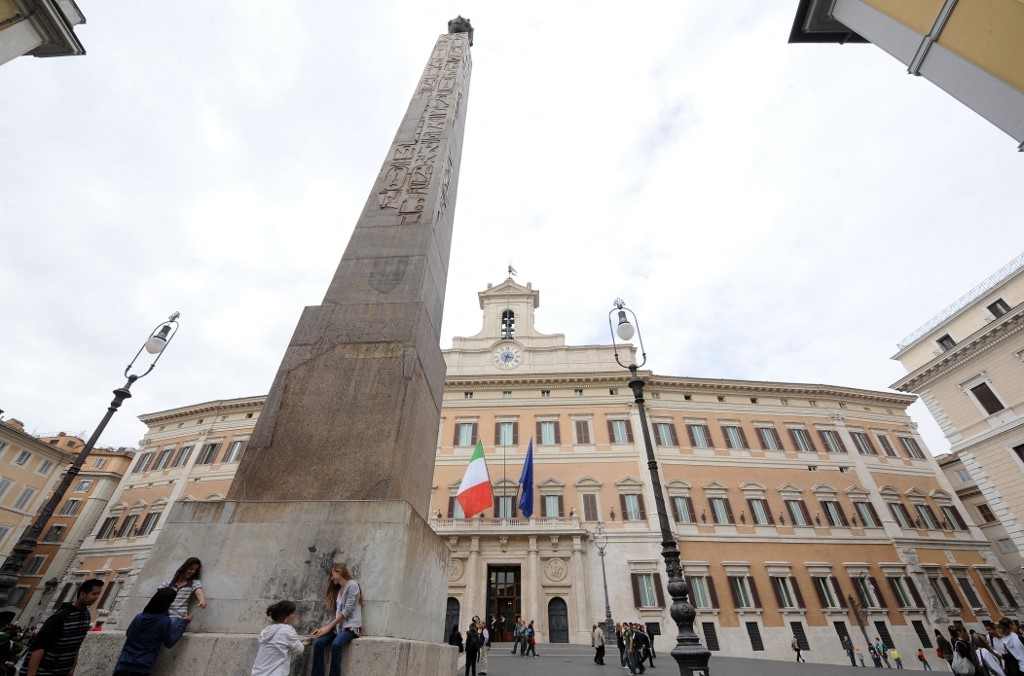The pillars of Rome: Why Italy has more obelisks than Egypt
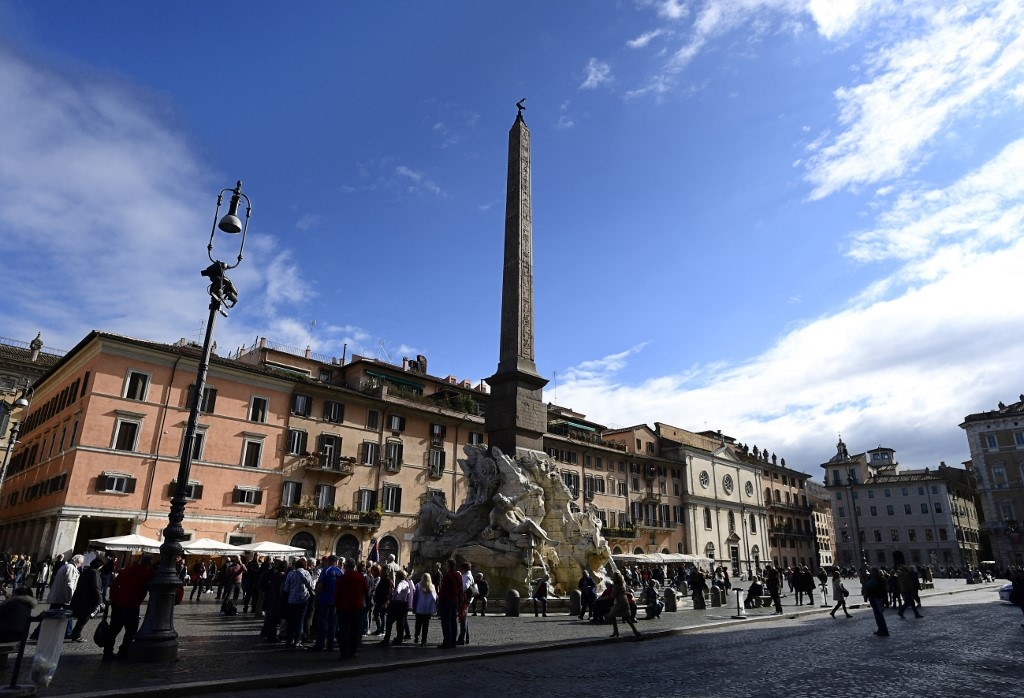
While Rome is most commonly associated with the Colosseum and the Trevi Fountain, the city is also home to more Egyptian obelisks than Egypt itself.
Globally there are around 30 obelisks, which are carved stone pillars with a pyramidal point and often engraved with hieroglyphs.
Originating in Ancient Egypt, a total of 13 obelisks can be found in Rome today, while only six remain in their homeland.
The structures were commissioned by pharoahs to commerorate past kings and the glory of the Ancient Egyptian realm, as well as reverence to deities of the Egyptian pantheon.
Traditionally, obelisks were made in pairs and positioned at the entryway to temples, and were often made in honour of Ra, the ancient Egyptian god of the sun.
New MEE newsletter: Jerusalem Dispatch
Sign up to get the latest insights and analysis on Israel-Palestine, alongside Turkey Unpacked and other MEE newsletters
The hieroglyphics etched onto the four sides of the structure typically commemorated Ra, as well as different rulers and pharaohs.
When the Emperor Octavian (also known as Augustus) incorporated Egypt into the Roman empire, the country's new rulers became enchanted by its architectural marvels and sought to bring as many of its treasures to their home city.
Some obelisks were taken from Egypt, while others were commissioned by Roman rulers in the Egyptian style.
The obelisks were just one aspect of the Roman interest in Ancient Egypt with religious ideas, astrology and agricultural techniques also adopted by Rome.
1. Lateran Obelisk
One of the largest and tallest obelisks in Rome is the Lateran Obelisk, originally commissioned in Karnak, Egypt around 1400 BCE under the reign of the Pharaoh Thutmose III and completed by his grandson Thutmose IV.
The stone structure was one of two commissioned by Thutmose III in honour of himself and his father, Thutmose II, but was not finished until after the former's death.
When the Lateran Obelisk was eventually finished under Thutmose IV, the obelisk was placed east of the Great Temple of Amun.
In the early fourth century CE, the obelisk was taken to the city of Alexandria on a ship through the Nile, where it stayed for a number of decades. The Emperor Constantius II ordered that the structure to be sent to Rome.
Originally weighing 413 tonnes, the obelisk has partially collapsed over time, and now weighs 300 tonnes after restoration efforts.
After its reconstruction in the late 1580s, the obelisk was completed with a metal cross on top and moved to where it currently resides in the Piazza San Giovanni.
2. Obelisk in Saint Peter’s Square
Standing right in the heart of the Vatican City, is a monument brought over from Egypt in 37 CE, but believed to have been commissioned by an unknown pharaoh around 2,000 years before, making it significantly older than the city of Rome itself.
Sometimes called Caligula’s Obelisk or memorial needle, it is unique because it does not have hieroglyphics on its sides like obelisks typically do.
Although it is widely understood that it was built in honour of the sun, the bare sides mean it is difficult for historians to find out more about its origins.
The obelisk was brought to Rome from Egypt on the orders of Caligula, the emperor infamous for his mental breakdown and tyrannical rule.
In order for the obelisk to be transported to the Vatican City, a ship was built specifically for the task. The transportation of the large obelisk was no easy feat, as it weighed around 326 tonnes and is around 40 metres high.
The obelisk was taken from Egypt and placed in Rome to commemorate Caligula’s predecessors, Augustus and Tiberius. Engravings dedicated to them both can still be seen on the sides of the obelisk.
In 1817, a sundial was built into Saint Peter’s square, with the shadow of the obelisk marking midday.
According to medieval legends, the copper sphere that was originally sitting on top of the obelisk contained the ashes of Julius Caesar.
3. Macuteo Obelisk
From its original location at the Temple of Ra in Heliopolis, the Macuteo Obelisk now stands in front of the Pantheon in Rome.
Inscribed on the four sides of the obelisk are hieroglyphics detailing the relationship between the pharaoh and the god of the sun (Ra).
The needle-like structure was created during the reign of Ramses II, who reigned from 1279-1213 BCE, and was part of a pair.
The obelisk is made from red granite, and was taken from Egypt in order to decorate the Temple of Isis and Serapis in ancient Rome; Egyptian deities revered by some Romans centuries before the empire conquered Egypt.
Notably, a Christian cross was added to the obelisk in 1711 by the Italian sculptor Filippo Barigioni.
Few details are know about how the structure was transported to Rome.
4. Flaminio Obelisk
Sitting centre stage in the Piazza del Popolo is one of the first obelisks to be brought over from Egypt to Rome, known as the Flaminio Obelisk.
Standing at around 36 metres tall, this monument was built in around 1300 BCE, and was initially located in the Temple of Ra in Heliopolis.
The obelisk remained there for more than a thousand years, until Augustus took control of Egypt and decided to have the structure moved to Rome.
Like many other obelisks made around the same time, the Flaminio Obelisk is made from red granite and has hieroglyphics engraved onto its sides.
Over the years, the structure has been taken apart and reassembled several times for maintenance.
Pope Sixtus V ordered that the obelisk be repaired and placed in the Piazza del Popolo in 1589. Later, in 1823, the Italian architect Guiseppe Valadier added lion figures to the base of the obelisk.
5. Montecitorio Obelisk
Another obelisk brought to Rome by Augustus after his conquest of Egypt was the Montecitorio Obelisk.
The structure is made from red granite and is around 20 metres high, dating back to the reign of Psamtik II, who ruled between 595 and 589 BCE.
An addition to the original structure is an inscription engraved in Augustus's honour, which can be found at its foot.
Like many of the other obelisks in Rome, time took its toll on the pillar with earthquakes, fires and a Norman assault in 1084 damaging the structure.
In 1748, an architect named Antonio Zabaglia was tasked with repairing the obelisk, which was broken up into many parts. The restoration was completed in 1792
The obelisk initially served as a sundial and a calendar, and was positioned in a way that it cast its shadow on the Altar of Augustan Peace on 23 September, the birthday of Augustus. The altar was commissioned by the Roman Senate in honour of the emperor.
This article is available in French on Middle East Eye French edition.
Middle East Eye delivers independent and unrivalled coverage and analysis of the Middle East, North Africa and beyond. To learn more about republishing this content and the associated fees, please fill out this form. More about MEE can be found here.


